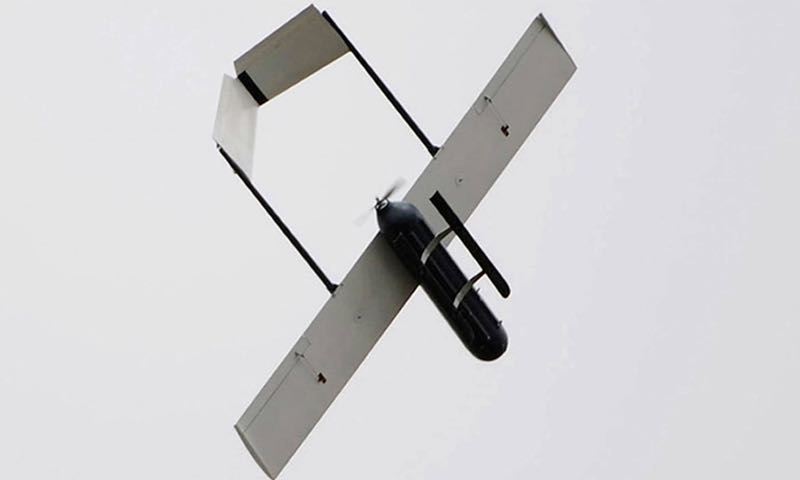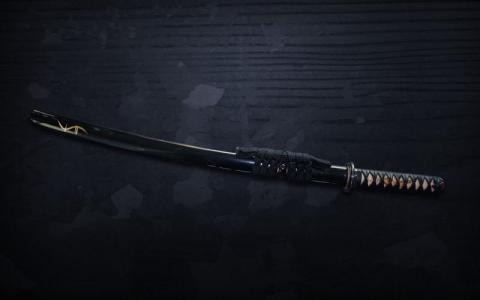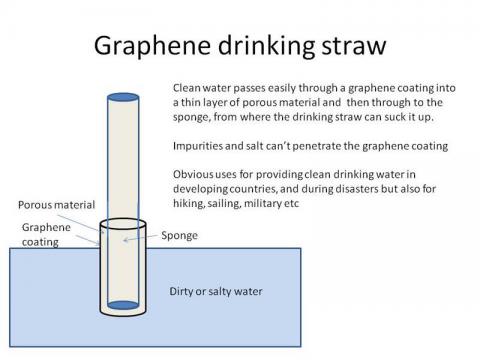For those that study Judo, you might very much enjoy the commentary in this article. Also, I’d like you to consider that Sun Tzu was a big believer in allowing the enemy to defeat himself, to facilitate such action, and use their own power against them.
In some cultures they believe that to make something weak you must first make it strong, and it is that strength once divided which will tear itself apart. What if we tale all of these philosophical realities of warfare and designed an unmanned aerial surveillance vehicle that could take advantage of the enemy’s defense systems? Let me explain my new concept.
There was an interesting article in the Economist in the May 12, 2012 edition titled “Graphene Shows Its Colors – A much-vaunted new material may change telecommunication,” which was featured under a subheading of “Optoelectronics” which is a an exciting area of science, especially lately as scientists get further into nano-technology and nano manufacturing at the molecular level. The article stated;
 Graphene UAV
Graphene UAV
“Graphene is worse than silicon for absorbing light, only 2.7% of the photons falling onto it are absorbed, but scientists have managed to increase this by spraying lead sulfide crystals onto the face of the material resulting in a 50% increase.”
Well obviously this has applications for computing, communication, solar energy, and so many other things, and well, this gave me an interesting idea. Why not put a graphene wrap on our UAVs to protect them from laser attacks, a graphene, carbon nano-tech composite for instance, absorbing the laser beam and then using it for power, basically using the enemies defense system to power up our surveillance spy UAVs?
If those nano crystals were clustered at specific points on the skin of the aircraft they would allow all the energy from the laser to be harnessed into centralize points which could all feed into a battery unit through a web of connectors.
The most efficient future batteries will be web-like inside. The reason for this is you can charge them very rapidly, and they can hold the charge for longer taking on much more energy. There may be many ways to design such batteries such as using foam like configurations and structures.
If an unmanned aerial vehicle was hit by an enemy’s laser defense system, it could rapidly charge the batteries, and the propulsion system could use that to go to an unbelievable maximum amount of power, while retaining what it didn’t use. This would make it almost unstoppable, and increase the range and duration of the flight.
The more they shot their laser at it, the longer it can fly around without refueling. I think we should do this just for the hell of it, to show other nations that we are undeterred in our military surveillance prowess. Please consider all this and think on it.

